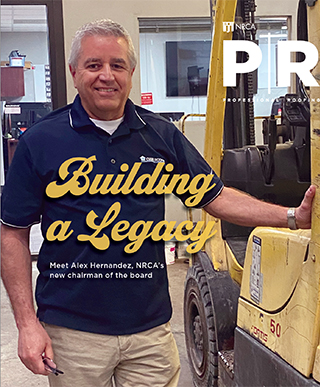I recently had the opportunity to participate in Roof India, an annual trade show held this year in Mumbai. The show, now 9 years old, is drawing increased attention as the Indian roofing industry begins to reach a new level of maturity.
India's economy, overall, is growing in excess of 9 percent per year, and the construction industry is outperforming the economy, largely because the country's population is urbanizing at an astonishing pace. We've all read the reports about India's steel and cement consumption; a one-week visit confirmed the staggering amount of new construction under way.
With a huge inventory of concrete buildings, Indian roofs mostly have consisted of low-cost liquid coatings with short life expectancies and uneven performance. For a number of reasons, the design and building owner communities are beginning the move to membrane roof systems, which are expected to grow dramatically from their current 7 percent market share.
The expectation of growth is attributable to rising expectations of quality but even more to a growing awareness of energy conservation in buildings. And on India's horizon is an energy crisis of potentially horrific proportions; given the amount of sunlight available in the country, solar is a natural opportunity.
The move toward more sophisticated roof systems means, of course, there is a need for better codes and standards (there are virtually none currently in place) and more education and training. What was most striking to me during my time in Mumbai was how well-known NRCA is to the Indian roofing and design communities; The NRCA Roofing Manual, for example, is not only familiar but also well-used, and one contractor reported using NRCA's repair manual to dissuade a consultant who was insistent on cutting blisters in the field of a roof.
In some ways, the Indian roofing market is a sort of Wild West with little regulation, minimal standards and a work force that earns, on average, less than $10 per day. In other ways, it's remarkable to hear the international language of roofing spoken and to be reminded that what happens here in the U.S.—and elsewhere—can effect important change all over the world.
Bill Good is NRCA's executive vice president.



